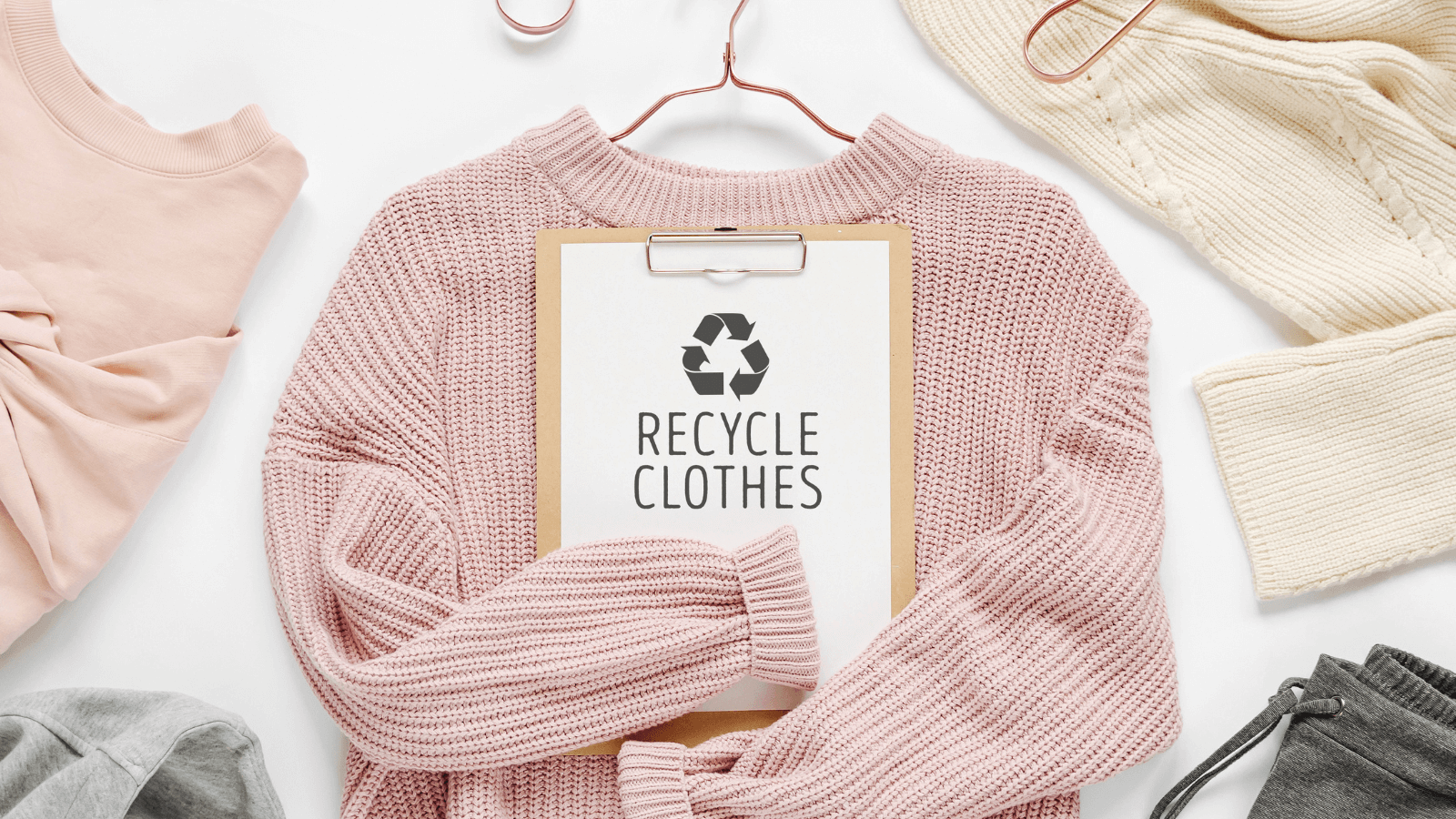Sustainable fashion and ethical clothing
Sustainable Fashion and Ethical Clothing

Introduction
Welcome to our Blogger page dedicated to sustainable fashion and ethical clothing! In today's world, where environmental concerns are growing, it is crucial to make conscious choices when it comes to our wardrobe. This page aims to inspire and educate you about the importance of sustainable fashion and how you can build an ethical wardrobe without compromising style. Join us as we delve into the fascinating world of eco-friendly fabrics, responsible production practices, and mindful consumption.
Understanding Sustainable Fashion
Sustainable fashion refers to the movement towards environmentally and socially responsible clothing production, consumption, and disposal. The fashion industry is known for its significant environmental impact, from excessive water usage and pollution to the exploitation of workers. By embracing sustainable fashion, we can mitigate these issues and contribute to a more sustainable future.
There are various aspects to consider in sustainable fashion, starting with the use of eco-friendly materials. Organic cotton, hemp, linen, and bamboo are examples of sustainable fabrics that require fewer resources and produce fewer pollutants compared to conventional materials. Recycling and upcycling existing garments also play a crucial role in reducing waste and extending the lifecycle of clothing.
Embracing Ethical Clothing
Ethical clothing focuses on fair labor practices, ensuring the well-being and fair treatment of workers throughout the supply chain. Sweatshops and exploitative labor practices have long plagued the fashion industry. By supporting brands that prioritize ethical standards, we can help promote better working conditions and fair wages.
To identify ethical clothing, look for certifications like Fair Trade, which guarantee that workers are paid fair wages and operate in safe environments. Additionally, transparent supply chains provide visibility into the production process, ensuring that workers' rights are respected at every stage.
Building a Conscious Wardrobe
Creating a conscious wardrobe starts with adopting a mindful approach to consumption. Instead of chasing fast fashion trends, focus on timeless pieces that can be worn for years to come. Invest in high-quality garments that are made to last, reducing the need for constant replacements.
Thrifting and second-hand shopping are fantastic ways to reduce waste and discover unique pieces. Explore local thrift stores, consignment shops, and online platforms that offer pre-loved clothing. Not only will you find affordable treasures, but you will also contribute to a circular economy.
When purchasing new clothing, prioritize sustainable and ethical brands. Many companies now prioritize environmental and social responsibility, providing stylish options without compromising ethics. Research the brand's values, certifications, and commitments to ensure they align with your principles.
Lastly, take care of your clothing to extend its lifespan. Follow proper washing instructions, mend minor damages, and consider repurposing garments that are no longer suitable for wear. By treating your clothes with care, you reduce your ecological footprint and maximize their value.
Comments
Post a Comment